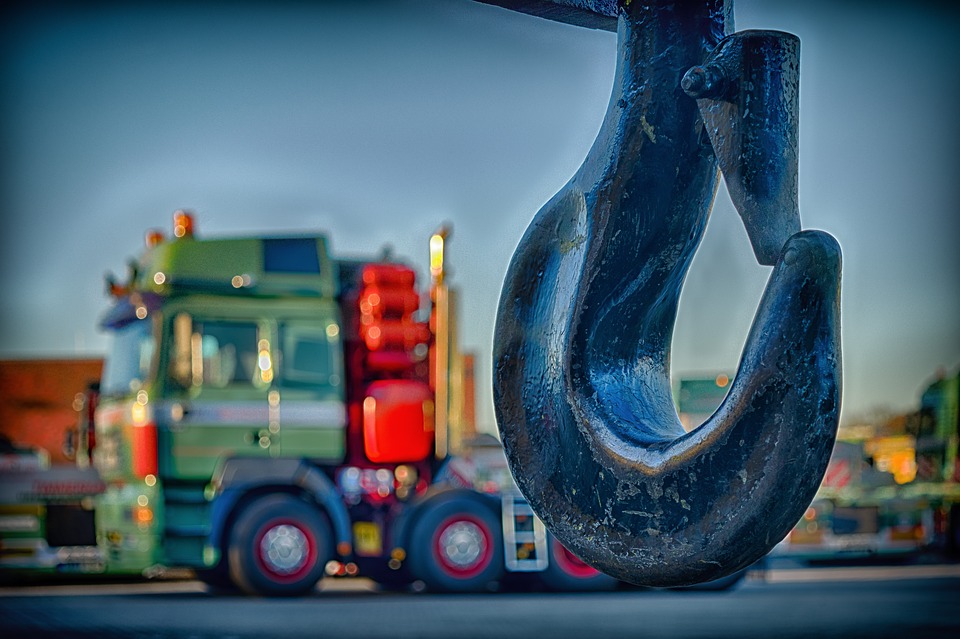
RVs are arguably one of the biggest vehicles on the roads; however, they are also susceptible to breakdowns. Given that they are used for long-distance journeys, when they breakdown, the driver/owner always get stuck in a difficult position with just a few options.
WHAT YOU’LL NEED
- A tow bar
- A skilled driver
- A truck with a hitch that can tow a three-quarter ton load or even higher
SAFE STEPS TO TAKE
STEP 1: Attach the tow bar to the truck’s hitch and slowly back up the track to the front of the RV until the tow bar hooks the frame of the broken RV. A lot of towbars always have a base plate that can be attached to the RV’s frame making use of the bolts that came with the tow bar. These bolts will go through the pre-drilled holes on the RV frame. You can tell someone to watch to make sure it’s attached properly while you put the towing truck into drive and move forward slowly.
STEP 2: Fix chains or safety cables on either side of the hitch then hook them to the RV frame. The cables are specifically made for towing, and they come with the tow bar. Their purpose is to hold the RV should the tow bar break.
STEP 3: Hook the electrical cables up so that the turn and brake lights of the truck can register on the rear of the RV. All RV must have an attachment head for these cables that are fixed underneath its body. After connecting these cables to the head, ensure the lights work properly.
STEP 4: Begin to accelerate carefully, try to stay on the side road instead of the main road and tow to the closest repair workshop or parking spot.
STEP 5: With the RV hooked to the truck, the truck should be driven like it is 100ft longer than it is normally when it isn’t towing anything. When towing, take wide left and right turns and try to avoid right turns generally if they are extremely tight.
TIPS
- Don’t tow an RV up or down a steep
- Don’t tow an RV on your own
- Someone should be sitting in the driver’s seat of the RV hitting the brake simultaneously with the truck to reduce the strain on the towing vehicle.